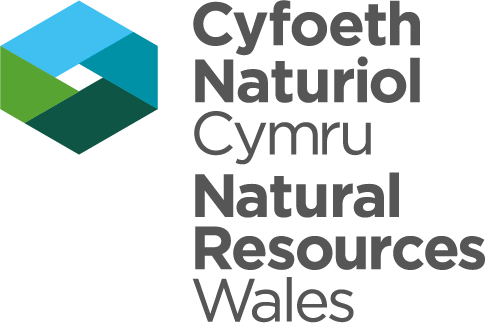Methodology
This section sets out the method followed to create the data and subsequent maps that comprise this study. This method is designed to be easily replicated.
Obtaining night light imagery from satellites
In October 2011, the United States National Oceanic and Atmospheric Administration (NOAA) launched the Suomi National Polar-orbiting Partnership or Suomi NPP. This sun-synchronous polar-orbiting satellite flies over any given point on the earth’s surface twice each day at roughly 1:30 a.m. and 1:30 p.m. (local solar time). The Visible Infrared Imaging Radiometer Suite (VIIRS) is one of the instruments on board this satellite and it captures visible and infrared imagery to monitor and measure processes including wildfires, ice motion, cloud cover, and land and sea surface temperature amongst other things.
The VIIRS sensor collects data in a number of channels including the Day/Night Band (DNB). The DNB sensor determines on-the-fly whether to use its low, medium or high gain mode to gather information on the amount of light emitted. By being able to alter the exposure time, if a pixel is very bright, a low gain mode on the sensor prevents the pixel from over-saturating. The opposite occurs if a pixel is dark.
It is worth noting that whilst the data captured by the Suomi-NPP DNB offers significant improvements over that of previous satellite programmes, the Suomi-NPP DNB lacks sensitivity at wavelengths shorter than 500 nm. Because of this, the blue-light emission peak of white LEDs is not detected. This means that the “blue blindness” of the VIIRS DNB could falsely suggest a reduction in light pollution in some towns and cities, whereas the brightness of the sky as seen by human eyes may in fact increase. This is a known limitation of this data.
Selecting the best data
Global monthly average night light composite images are produced by the Earth Observation Group at Colorado School of Mines. For the purposes of this study, monthly composite data covering the period January 2019 to March 2020 were downloaded for review and analysis. Each monthly dataset is supported by a second image which shows the number of cloud free nights used to make up the night light monthly average image. This period was chosen to give a good range of months from which to choose, whilst also avoiding those months impacted by potential changes to lighting caused by the Covid-19 pandemic.
In order to select a baseline dataset to use in the creation of the national map, all of the datasets were brought into Geographic Information System (GIS) software – ESRI ArcMap. Each month was viewed alongside its cloud free composite data to establish the extent to which cloud cover was impacting the data. Months when there were a high number of nights with a lot of cloud cover over Wales, were discounted. These maps can be seen in Appendix 2.
After a thorough review, December 2019 was selected as the best month in terms of low influence of cloud cover and has been used as the dataset to create the national map. The data has been georeferenced and clipped in GIS to Wales’ boundary with an additional 5km buffer around the coastline (so as to ensure the entire land area is covered by complete pixels). The data has been resampled to 400m x 400m pixel size.
For the purposes of this report, it is not necessary to have a full understanding of the units of measurement of the dataset, merely that the lower the value, the lower the light pollution levels (and the darker the skies are likely to be) and the higher the values, the greater the levels of light pollution. The data values have been divided into eight colour bands ranging from dark blues (low brightness values) to dark reds (high brightness values) as shown in Table 1 below.
Table 1 Colour bands
| Brightness values (nw/cm2/sr) |
| < 0.5 (darkest) |
| 0.5 – 1 |
| 1 – 2 |
| 2 – 4 |
| 4 – 8 |
| 8 – 16 |
| 16 – 32 |
| > 32 (brightest) |
Further detail on the data source, units of measurement and how the data has been processed can be found in Appendix 1. The methodology correlates with the CPRE England’s Light Pollution and Dark Skies report produced by LUC in May 2016.
Changes to the CPRE England’s Light Pollution and Dark Skies (2016) method
As highlighted earlier, it was seen as beneficial to look to align the method used in Wales to the method used to develop the national map for England. Following a review of the approach, the only change that has been made to this method for this study, is that the bottom two categories (<0.25 and 0.25 – 0.5) have been combined. This is because, when split into those categories, very few areas of Wales fell into the bottom category, even in areas far from any artificial light sources. The <0.25 band is very sensitive to small changes in the observation setup, for example the heat of the satellite sensor, minor unexpected changes caused by the month of the year, turbulence in the atmosphere or other atmospheric interference. In order to avoid potential confusion, it was decided to merge the bottom two categories into one.
The national map of Wales' dark skies and light pollution
Figure 1 shows the resultant national map once the data has been classified into the eight colour bands. The map clearly identifies the main concentrations of night-time lights, creating light pollution that spills up into the night sky.
